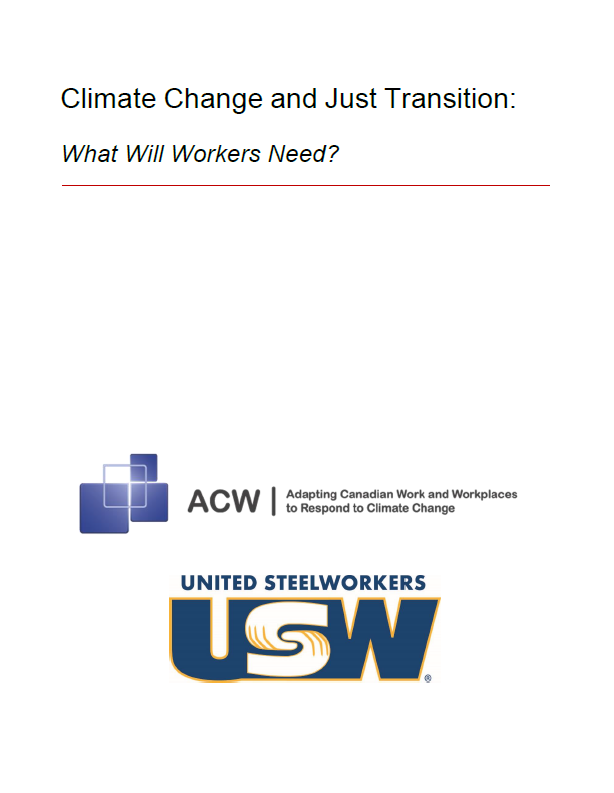You are here
Canada
The Fine Print I:
Disclaimer: The views expressed on this site are not the official position of the IWW (or even the IWW’s EUC) unless otherwise indicated and do not necessarily represent the views of anyone but the author’s, nor should it be assumed that any of these authors automatically support the IWW or endorse any of its positions.
Further: the inclusion of a link on our site (other than the link to the main IWW site) does not imply endorsement by or an alliance with the IWW. These sites have been chosen by our members due to their perceived relevance to the IWW EUC and are included here for informational purposes only. If you have any suggestions or comments on any of the links included (or not included) above, please contact us.
The Fine Print II:
Fair Use Notice: The material on this site is provided for educational and informational purposes. It may contain copyrighted material the use of which has not always been specifically authorized by the copyright owner. It is being made available in an effort to advance the understanding of scientific, environmental, economic, social justice and human rights issues etc.
It is believed that this constitutes a 'fair use' of any such copyrighted material as provided for in section 107 of the US Copyright Law. In accordance with Title 17 U.S.C. Section 107, the material on this site is distributed without profit to those who have an interest in using the included information for research and educational purposes. If you wish to use copyrighted material from this site for purposes of your own that go beyond 'fair use', you must obtain permission from the copyright owner. The information on this site does not constitute legal or technical advice.






 Alberta oil and gas companies are wasting so much natural gas each year that Albertans are losing out on up to $21 million a year in provincial natural gas royalties.
Alberta oil and gas companies are wasting so much natural gas each year that Albertans are losing out on up to $21 million a year in provincial natural gas royalties.  Editor’s introduction: This is the second half a
Editor’s introduction: This is the second half a  Alternatives to the $10 billion
Alternatives to the $10 billion  Site C jobs are often cited as a main reason to proceed with the $9 billion dam on B.C.’s Peace River. But how many jobs would Site C actually create? Are there really 2,375 people currently employed on the project, as widely reported this month?
Site C jobs are often cited as a main reason to proceed with the $9 billion dam on B.C.’s Peace River. But how many jobs would Site C actually create? Are there really 2,375 people currently employed on the project, as widely reported this month? The construction industry has a big role to play as Canada aims to meet to its commitment to the Paris climate agreement and transition to a greener economy, according to a new report.
The construction industry has a big role to play as Canada aims to meet to its commitment to the Paris climate agreement and transition to a greener economy, according to a new report. You would be forgiven, especially if you live in Europe, to think that public services are by nature expensive, inefficient, maybe even somewhat outdated, and that reforming them to adapt to new challenges is difficult. It would seem natural to assume – because this is what most politicians, media and so-called experts tell us continuously – that we, as citizens and users, should resign ourselves to paying ever higher tariffs for services of an ever lower standard, and that service workers have no choice but to accept ever more degraded conditions. It would seem that private companies will inevitably play an ever larger role in the provision of public services, because everything has a price, because politicians have lost sight of the common good and citizens are only interested in their own individual pursuits.
You would be forgiven, especially if you live in Europe, to think that public services are by nature expensive, inefficient, maybe even somewhat outdated, and that reforming them to adapt to new challenges is difficult. It would seem natural to assume – because this is what most politicians, media and so-called experts tell us continuously – that we, as citizens and users, should resign ourselves to paying ever higher tariffs for services of an ever lower standard, and that service workers have no choice but to accept ever more degraded conditions. It would seem that private companies will inevitably play an ever larger role in the provision of public services, because everything has a price, because politicians have lost sight of the common good and citizens are only interested in their own individual pursuits. April 28 is the National Day of Mourning for workers killed or injured on the job. This is the second of a two-part series. read part one
April 28 is the National Day of Mourning for workers killed or injured on the job. This is the second of a two-part series. read part one 
 The Alberta bitumen Sands are Canada’s fastest growing and largest single source of greenhouse gases (GHGs). This paper investigates the questions: Can Canada reach its Paris and G8 climate targets if it allows Sands output and emissions to grow substantially? Should the Sands be phased out? What can we learn from other energy phaseouts, specifically the ending of coal-fired electricity in Ontario and Alberta’s plans to do the same by 2030? The paper concludes with the steps of a planned Sands phase-out and principles for a just transition for Sands workers.
The Alberta bitumen Sands are Canada’s fastest growing and largest single source of greenhouse gases (GHGs). This paper investigates the questions: Can Canada reach its Paris and G8 climate targets if it allows Sands output and emissions to grow substantially? Should the Sands be phased out? What can we learn from other energy phaseouts, specifically the ending of coal-fired electricity in Ontario and Alberta’s plans to do the same by 2030? The paper concludes with the steps of a planned Sands phase-out and principles for a just transition for Sands workers.